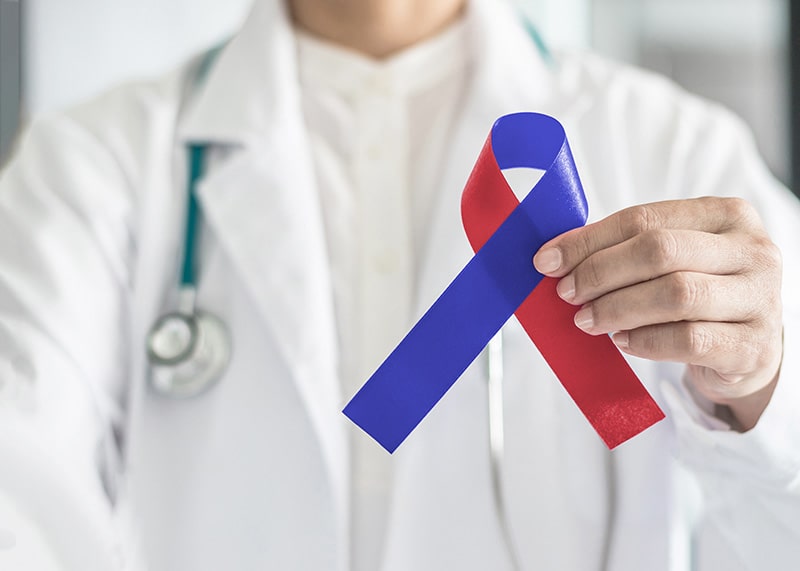Seasonal Affective Disorder (SAD) is a type of depression that occurs during the same season each year, most commonly in the fall and winter months. It is a serious condition that affects millions of people and can have a significant impact on a person’s quality of life.
Symptoms of SAD include feelings of sadness, hopelessness, and low energy, as well as changes in appetite and sleep patterns. People with SAD may also have trouble concentrating, feelings of worthlessness, and thoughts of suicide. These symptoms can be severe enough to interfere with daily activities and relationships.
The exact cause of SAD is not fully understood, but it is believed to be related to the change in daylight hours during the fall and winter months. The decreased sunlight exposure may affect the body’s production of melatonin and serotonin, two chemicals that play a role in regulating mood.
There are several treatment options for SAD, including:
- Light therapy: This involves sitting in front of a special light box that mimics natural sunlight for a certain amount of time each day. Light therapy can help to regulate the body’s production of melatonin and serotonin and can be effective in reducing symptoms of SAD.
- Medication: Antidepressant medications such as SSRIs can be prescribed to help alleviate symptoms of SAD.
- Psychotherapy: Talking with a therapist or counselor can help people with SAD learn coping strategies and develop a support system.
- Lifestyle changes: such as regular exercise, getting enough sleep, eating a healthy diet, and avoiding alcohol and drugs can also help to alleviate symptoms of SAD.
It is important to seek help if you or someone you know is experiencing symptoms of SAD. Early diagnosis and treatment can help to reduce the severity of symptoms and improve a person’s quality of life.


